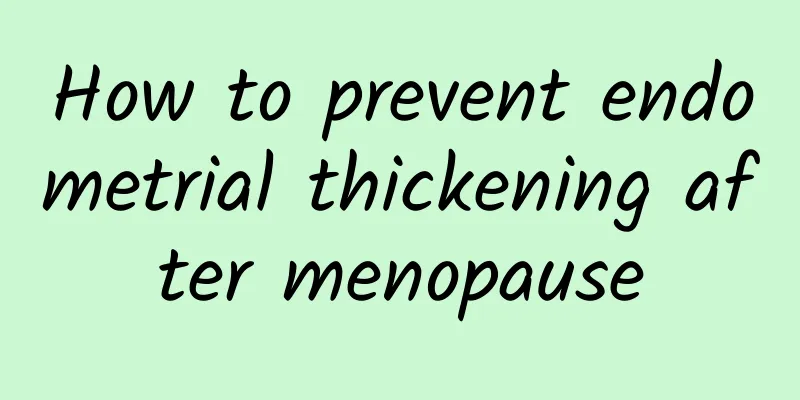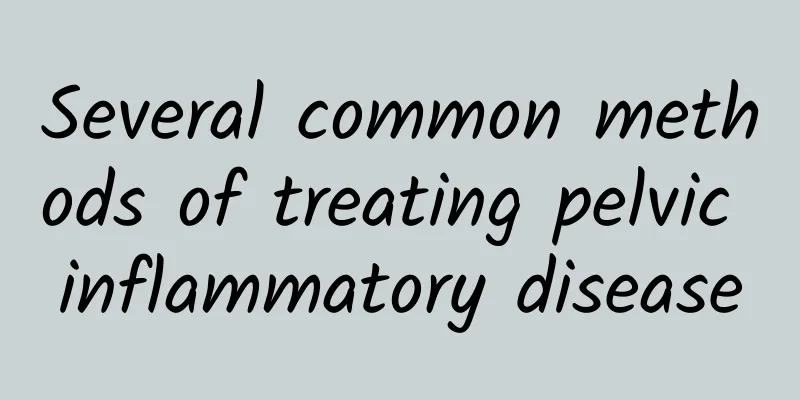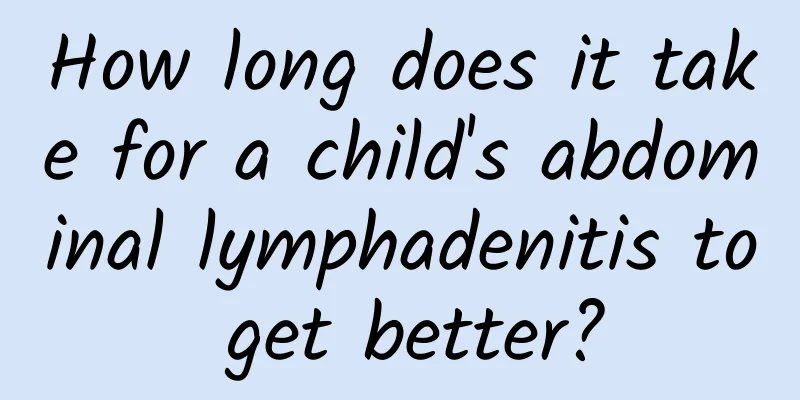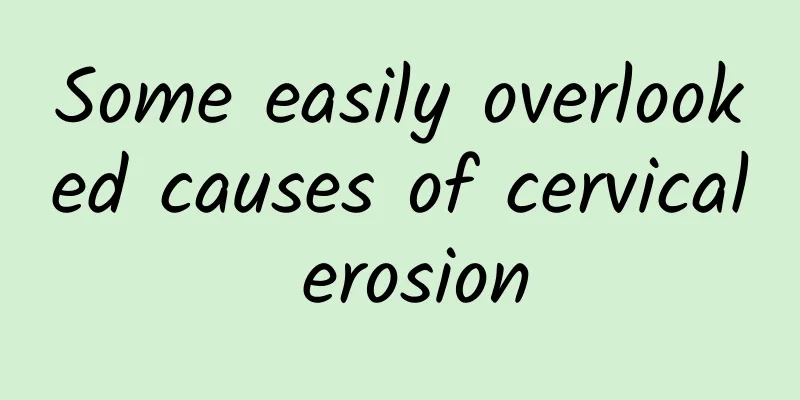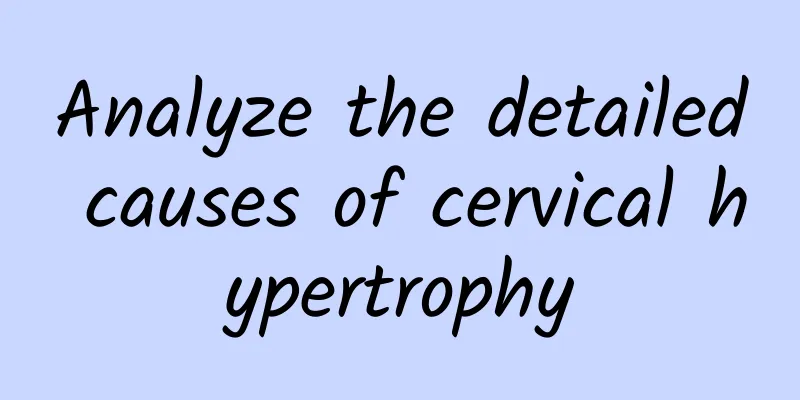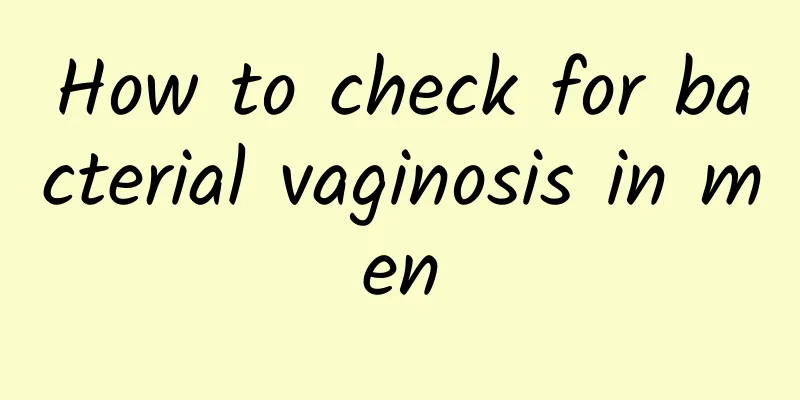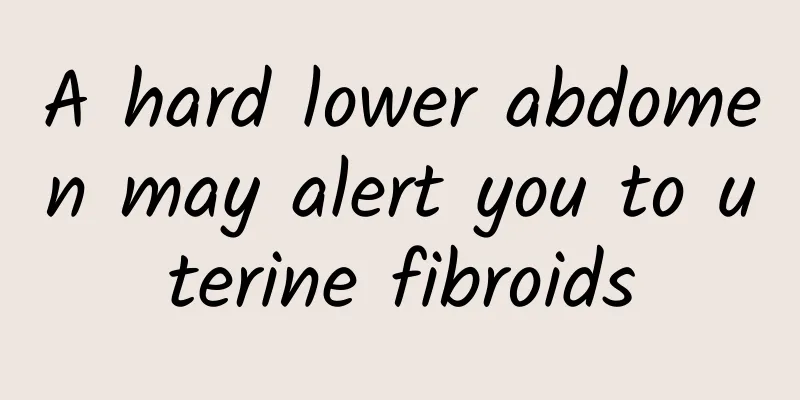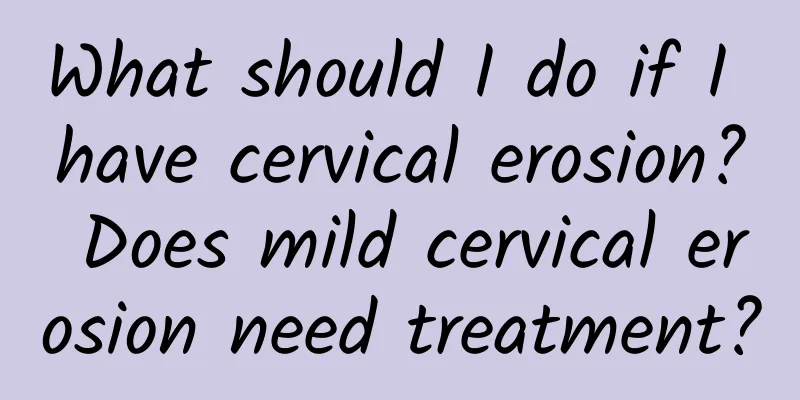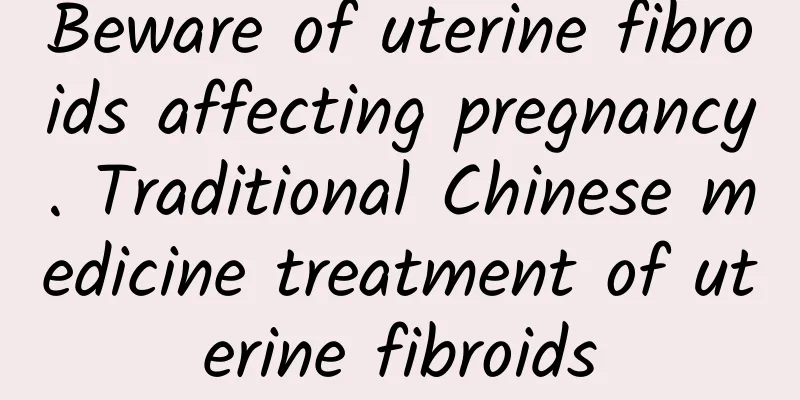What are the symptoms of uterine fibroids? Three common methods for treating uterine fibroids

|
Uterine fibroids, also known as uterine leiomyoma, are the most common benign tumors of the female genitalia. Most are asymptomatic, but a few present with vaginal bleeding, abdominal tumors, and compression symptoms. If the pedicle is twisted or other conditions occur, it can cause pain. This is common in multiple uterine fibroids. According to traditional Chinese medicine, uterine fibroids are caused by seven kinds of internal injuries, organ dysfunction, qi stagnation and blood stasis. Modern medical research has found that the amount of estrogen receptors in fibroid tissue is greater than that in normal uterine muscle tissue. It is suggested that the occurrence of uterine fibroids is related to endocrine disorders caused by long-term excessive estrogen levels. At the same time, hormone metabolism is controlled by advanced nerve centers, so nerve center activity may also play a very important role in promoting the disease. In addition, cytogenetic studies have shown that some fibroids have cytogenetic abnormalities, so it is recommended that use can achieve good results. The exact cause of uterine fibroids is still unclear, and it may be related to excessive estrogen levels in the body and long-term estrogen stimulation. There are several common symptoms of uterine fibroids Most patients have no obvious symptoms and are only occasionally found during pelvic examinations. If symptoms occur, they are closely related to the location, growth rate and degeneration of the fibroids. 1. Menstrual changes: The most common symptom is shortened menstrual cycle, increased menstrual flow, prolonged menstrual period, irregular vaginal bleeding, etc. 2. Abdominal mass: abdominal distension, swelling in the lower abdomen, accompanied by a feeling of falling. 3. Increased vaginal discharge: Increased vaginal discharge, sometimes with a large amount of purulent and bloody discharge and necrotic tissue discharge with a foul odor. 4. Pain: Generally, patients do not have abdominal pain, but often have lower abdominal swelling, back pain, etc. When the subserosal fibroid pedicle is twisted, uterine fibroids may cause acute abdominal pain, the fibroids change red, the abdominal pain is severe, and is accompanied by fever. 5. Compression symptoms: When the fibroid grows forward or backward, it can compress the bladder, urethra or rectum, causing frequent urination, dysuria, urinary retention or constipation. When the fibroid grows to both sides, it will form a broad ligament fibroid, compressing the ureter or hydronephrosis; if it compresses the pelvic blood vessels and lymphatic vessels, it will cause lower limb edema. 6. Infertility: Fibroids compress the fallopian tubes and cause them to twist, or deform the uterine cavity, hindering the implantation of the fertilized egg and leading to infertility. 7. Secondary anemia: If the patient has excessive menstruation for a long time, it may lead to secondary anemia, with symptoms such as general fatigue, pale complexion, shortness of breath, and palpitations. 8. Hypoglycemia: Hypoglycemia with uterine fibroids is also rare. The main symptoms are low fasting blood sugar, loss of consciousness, shock, and the symptoms completely disappear after glucose injection. After tumor resection, the symptoms of hypoglycemia completely disappear. Three ways to fight uterine fibroids How to treat uterine fibroids? Uterine fibroids have become the most common benign tumor in the female genitals, with a high incidence rate, posing a serious threat to women's health. Therefore, many patients are also very concerned about the treatment of the disease, so how to treat uterine fibroids? Please see the introduction below. 1. Drug treatment: Indications for drug treatment require young people to maintain fertility. Infertility or miscarriage is caused by fibroids. After drug treatment, fibroids shrink, promoting pregnancy and fetal survival. Patients with combined medical and surgical diseases are not competent for surgery or are unwilling to undergo surgery. 2. Expectant treatment: The fibroids are small, asymptomatic, without complications, without degeneration, and have no impact on health. Go to a regular medical institution for a checkup every 3-6 months. 3. Surgical treatment: For large uterine fibroids, myomectomy, hysterectomy or laparoscopic minimally invasive techniques are used, which are suitable for patients with large fibroids, obvious symptoms, and ineffective non-surgical treatment. The advantage of surgical treatment is that the effect is fast, but if the underlying cause of endocrine disorders is not changed, uterine fibroids are likely to recur. |
<<: What are the symptoms of uterine fibroids and how to prevent them?
>>: Menstrual changes may indicate uterine fibroids. What are the symptoms of uterine fibroids?
Recommend
Who says vegetarians are less likely to suffer from stroke? (Down)
Regular health check-ups should not be ignored In...
Can female cervicitis be cured? Precautions for female treatment of cervicitis
Generally speaking, when cervicitis is not infect...
Fat for Chinese New Year! I am afraid of gaining 3 kg. I have to walk half of Taiwan to lose weight.
It's easy to gain weight, but it's hard t...
What is the main cause of vaginitis?
Vaginitis is a disease that all women are familia...
Causes of endometrial thickening
Endometrial thickening is a disease that is more ...
Several effective dietary treatments for irregular menstruation
Diet therapy is a very effective method for treat...
What should I pay attention to if I have uterine fibroids and cysts? What should I do if I have uterine fibroids and cysts?
What should I pay attention to if I have uterine ...
How to treat secondary amenorrhea with traditional Chinese medicine
The TCM treatment of secondary amenorrhea focuses...
Hyperprolactinemia treatment guide
Many friends at work rarely have time to pay atte...
What are the main hazards of amenorrhea to patients?
Amenorrhea has many harmful effects on women, mai...
The best slimming and detoxifying meal is Slim Apple, a low-calorie snack
The weather is dry in winter, and toxins easily a...
Mouth sores not only cause a lack of B vitamins, but also cause a large leakage of these 3 nutrients! Nutritionist: Avoid eating 5 types of foods that irritate mucous membranes
Everyone has experienced the pain of a sore mouth...
What symptoms of cervical hypertrophy should female patients not ignore
Women of childbearing age are prone to various sy...
Experts introduce the common causes of vaginitis
If vaginitis is not treated promptly and thorough...
How to classify irregular menstruation and its symptoms
Irregular menstruation is a very common disease i...
